Send All Available Personnel: The United States and the Great Molasses Flood
Manage episode 328917890 series 3350741
The Purity Distilling Company molasses tank dominated the North End of Boston, standing 50 feet tall over the surrounding tenements. Residents of the area were accustomed to the sight of tank oozing syrup from its seams and making strange rumbling noises from its depths. And one day in January 1919, life changed forever for Bostonians when the walls of the tank suddenly, inexplicably failed. Was it negligence? Or a vicious attack by anarchists?
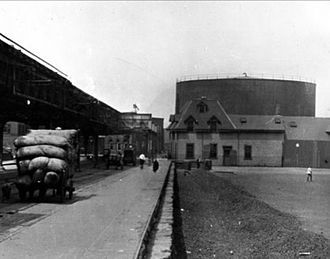
The molasses storage tank of the Purity Distilling Company stood 50 feet tall and 190 feet in diameter over the North End of Boston. It was constructed in a hurry to meet high demand for molasses to be distilled into ethanol and grain alcohol for rum.
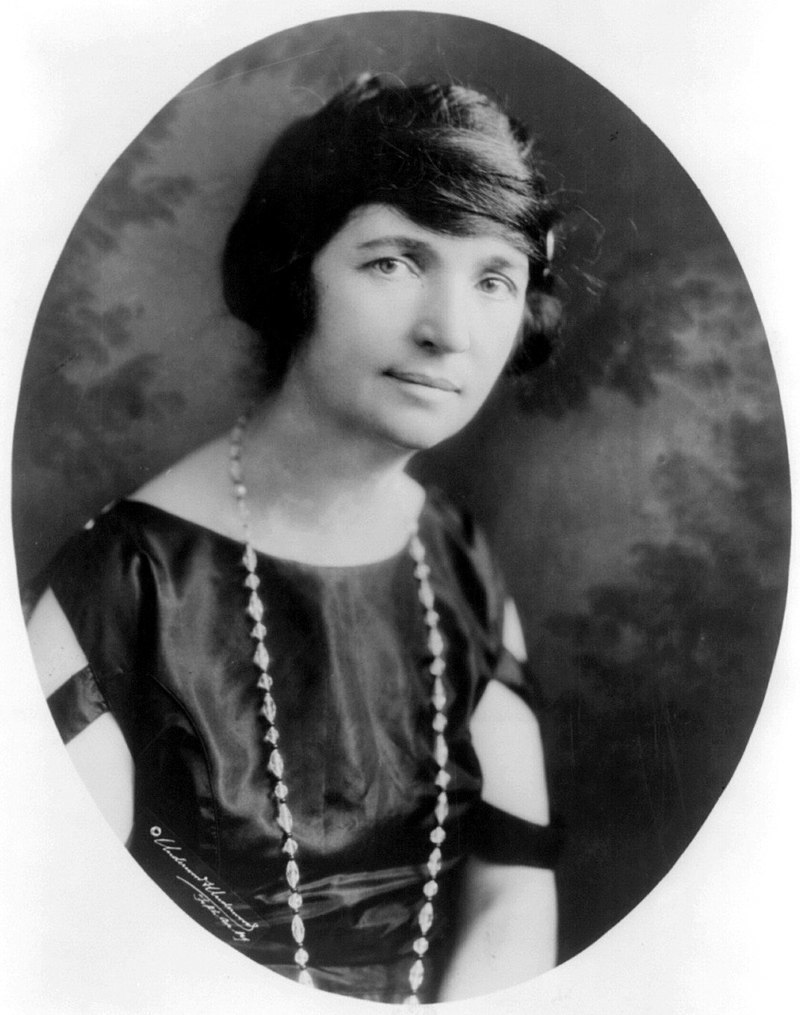
Margaret Sanger led the charge for birth control in the United States, opening the first clinic to offer contraception to women in 1916. Sanger founded the organization that would become Planned Parenthood.

Sanger began publishing the Birth Control Review in 1917 to promote the cause of legalizing contraception. Since sending information about birth control through the mail was illegal, the magazine was sold by hand.
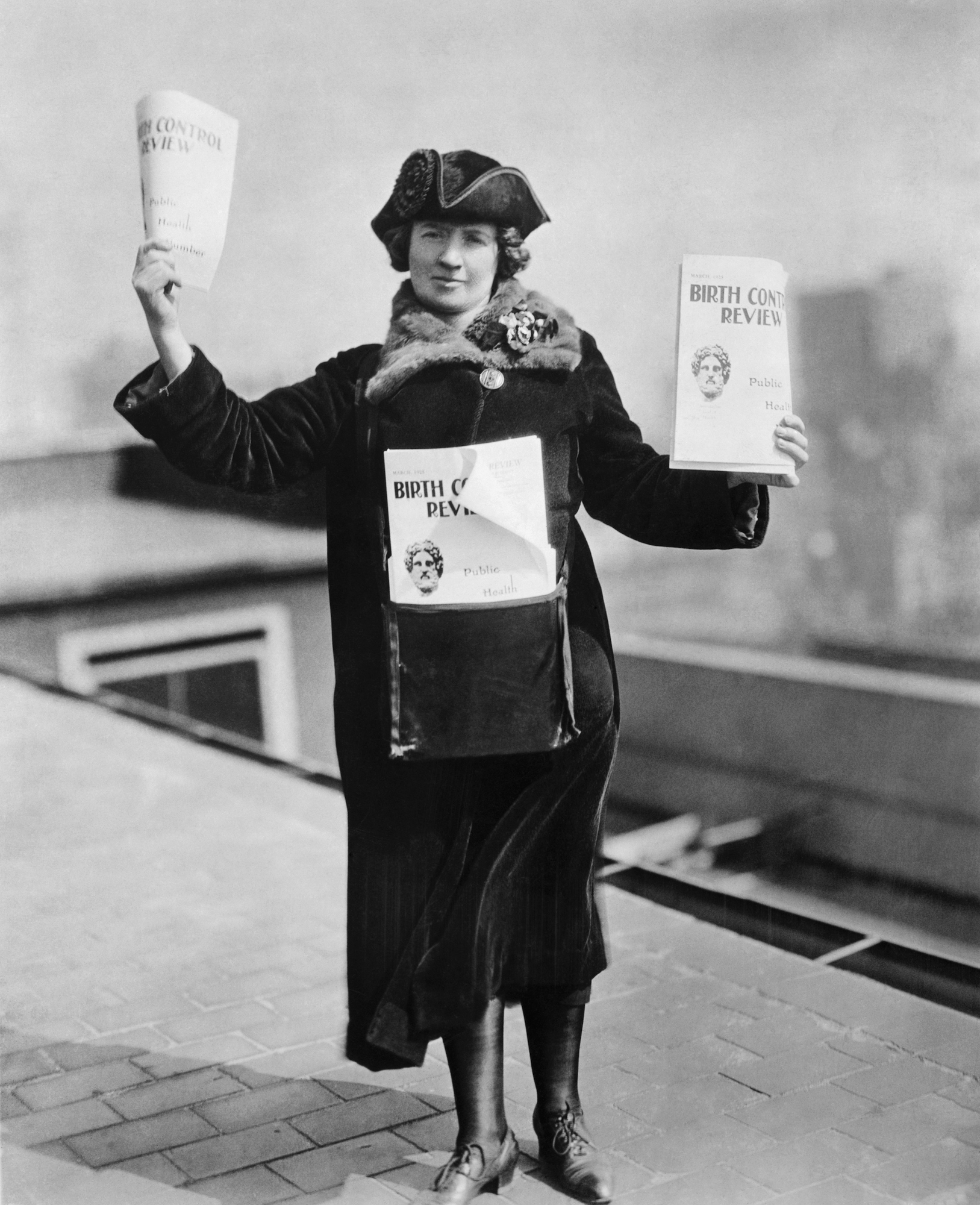
Kitty Marion hawked the Birth Control Review every day in New York City for thirteen years, enduring every kind of harassment from passersby and the police.
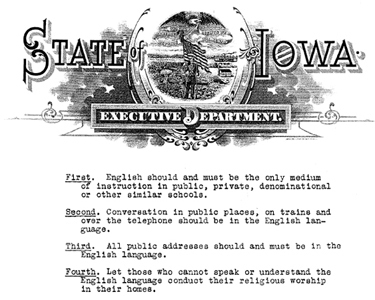
Even before the United States entered World War I, anti-German swept the country. Numerous states passed laws outlawing the speaking of German in public. These laws were passed in Iowa under then-governor Warren G. Harding.

Hysteria about immigrants in general and German-Americans in particular created enormous pressure for people to prove they were 100 percent American.
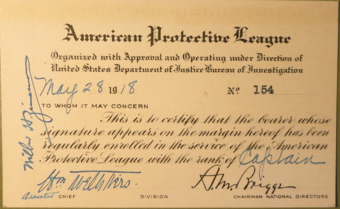
The American Protective League was a private organization that was authorized by the Justice Department to investigate the loyalty of Americans.
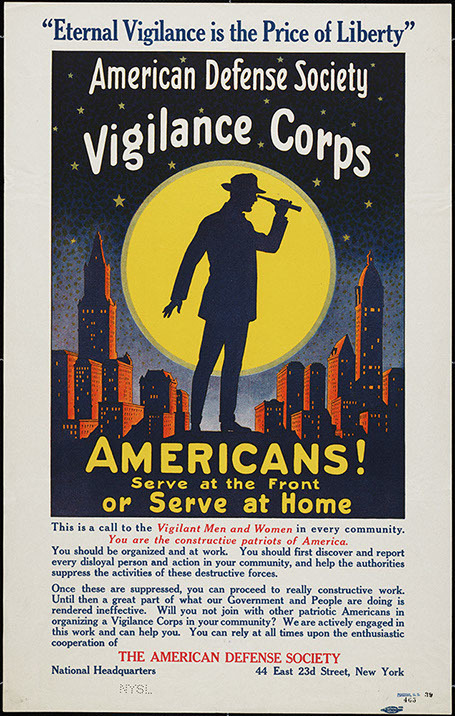
I didn't go into this in the episode, but the American Protective League spawned a number of both sister and rival organizations, among them the American Defense Society. All of them recruited Americans to spy on their neighbors.
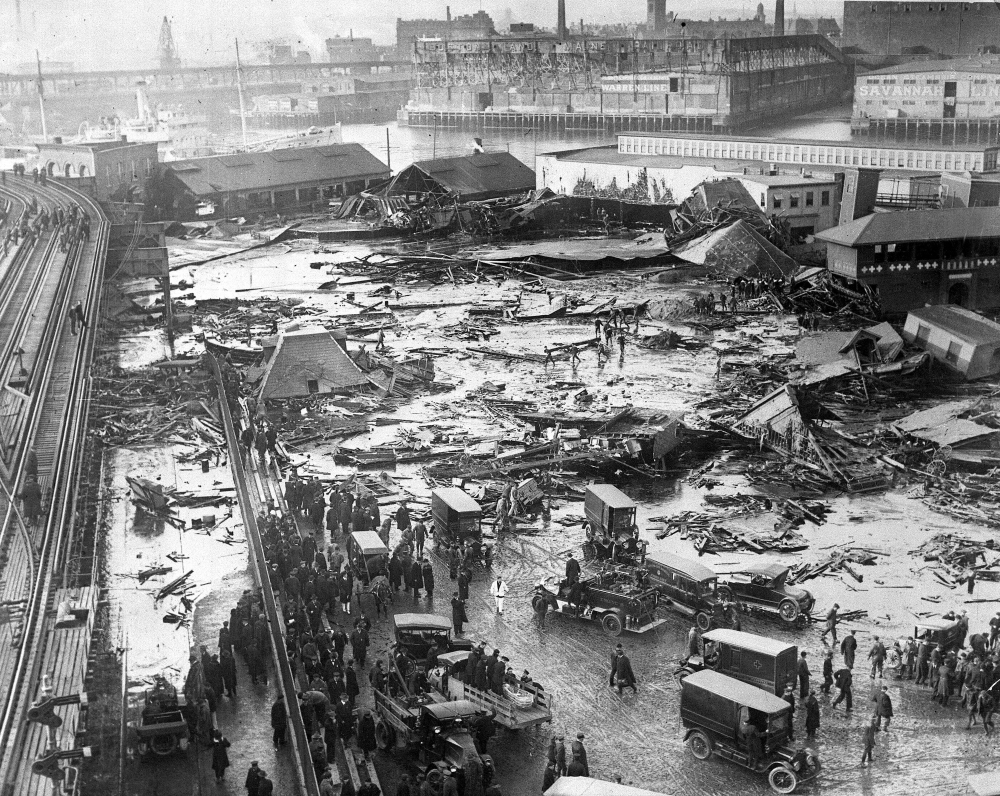
This photo shows the extent of damage from the Molasses Flood.

Here you can see the elevated railway that ran alongside the tank. If you look closely, you can see steel panels from the sides of the tank twisted under the rail line.
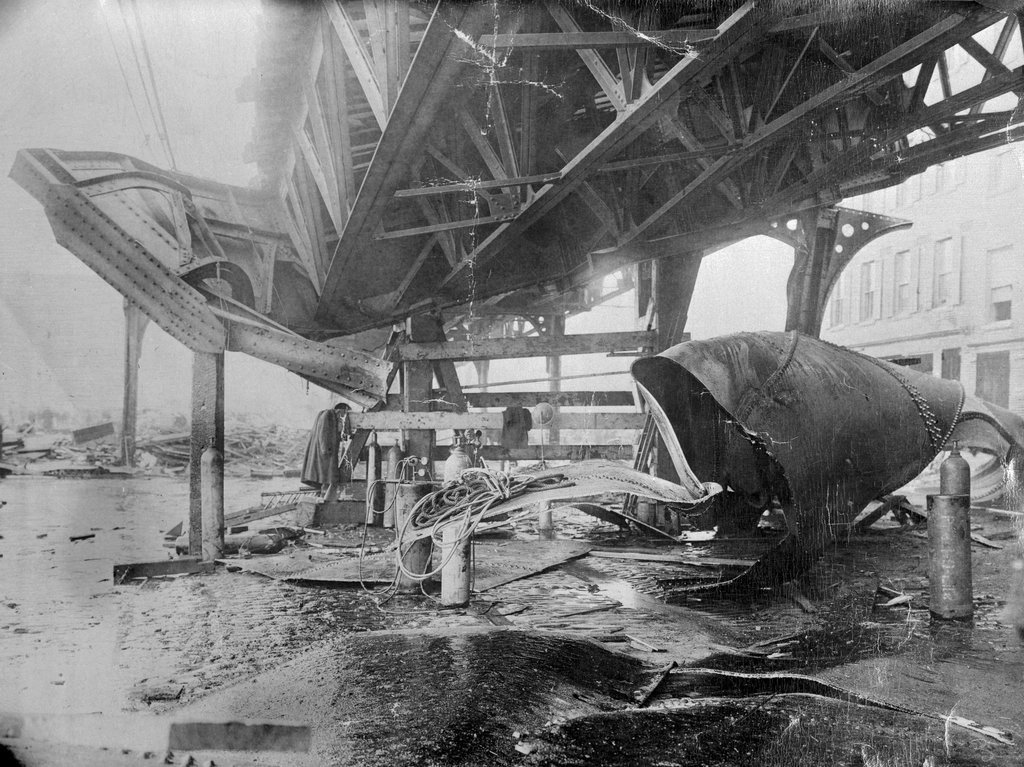
This photo shows the damage to the train structure. Only the quick actions of the train brakeman saved the passengers on the following train.
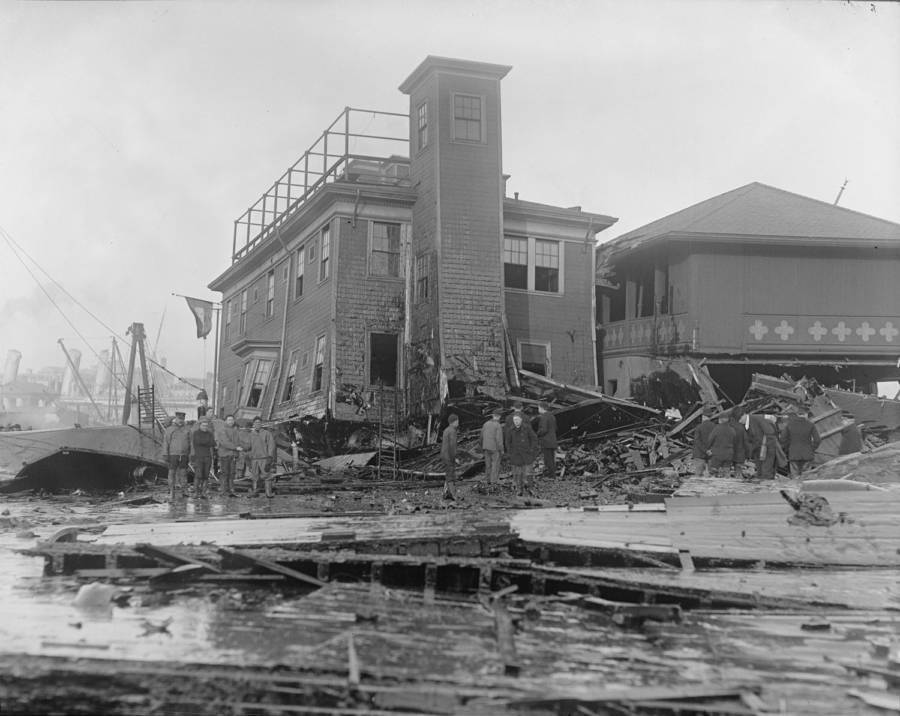
The Engine 31 Firehouse was knocked off its foundation, and the first floor collapsed. Several firefighters were trapped in a gap under the second floor ceiling, pinned by rubble, and threatened by a slowly rising tide of molasses.
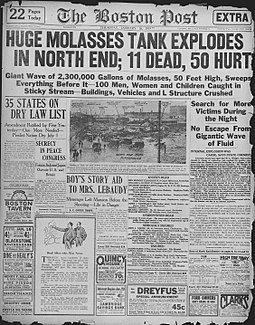
The Boston press was consumed with the story of the Molasses Flood for weeks.
- Please note that the links below to Amazon are affiliate links. That means that, at no extra cost to you, I can earn a commission if you click through and make a purchase. (Here's what, legally, I'm supposed to tell you: I am a participant in the Amazon Services LLC Associates Program, an affiliate advertising program designed to provide a means for me to earn fees by linking to Amazon.com and affiliated sites.) However, I only recommend books that I have used and genuinely highly recommend.
Links:
- Dark Tide: The Great Boston Molasses Flood of 1919 by Stephen Puleo — Puleo's book is a definitive guide the Boston Molasses Flood, and darn good read that vividly recreates the disaster.
- Savage Peace: Hope and Fear in America, 1919 by Ann Hagedorn — Hagedorn's book is a comprehensive and compelling view of America in 1919.
- The World Remade: America in World War I by G. J. Meyer — Meyer's book traces the rise of anti-German and anti-immigrant hysteria through the World War I years, as well as the passage of the Espionage Act, Immigration Act, and Sedition Act.
- Why History Should Remember the Violence of Women's Rights | Time — This Time Magazine article tells the story of Kitty Marion, the ferocious promoter of birth control in New York City.
- Principal Causes of Death in the United States Registration Area, 1920: Census Bureau's Summary of Mortality Statistics on JSTOR — Before antibiotics, deaths from infectious diseases were far more common than today--while causes such as Alzheimer's weren't even on the list.
- Most Common Jobs in America 100 Years Ago | Stacker — The most common jobs in the United States have changed significantly in a century.
- The Anti-German Sentiment of World War I - Re-imagining Migration — The rise of anti-German sentiment was shocking to the millions of Americans of German descent, who believed they had shown themselves loyal to their adopted country.
- America’s War on Language | Illinois — One manifestation of anti-German hysteria during The Great War was the imposition of state and local laws banning the use of the German language.
- American Protective League: Before Hoover took over the FBI, the APL was investigating food hoarders and spies. — The American Protective League didn't hesitate to search the private homes of American citizens on mere suspicion. This remarkable letter describes a raid on the Foran family, who were accused of hoarding food.
- 100 Years Later: Lessons From Boston's Molasses Flood Of 1919 | Radio Boston — This is an excellent overview of the Great Molasses Flood from WBUR in Boston.
- The Physics of the Boston Molasses Flood — This video by a Harvard scientist includes simulations of the Great Molasses Flood and a discussion of how the syrup proved so deadly.
- The Science of the Great Molasses Flood by Ferris Jabr, Scientific American — The Great Molasses Flood has fascinated scientists for decades. This article in Scientific American provides a fascinating overview of the evidence.
27 odcinków




